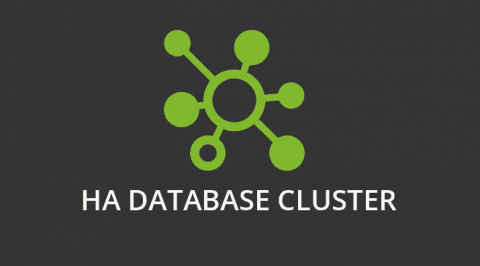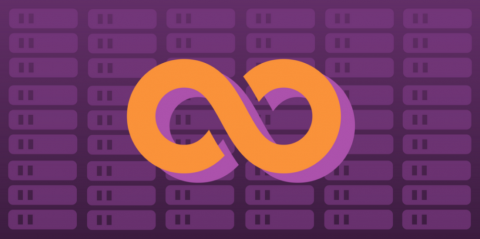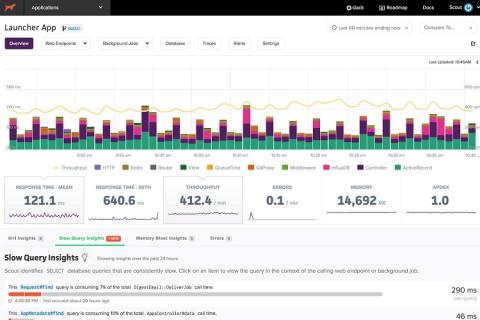Make time-series exploration easier with the PostgreSQL/TimescaleDB query editor
Grafana v5.3 comes with a new visual query editor for the PostgreSQL datasource. The query editor makes it easier for users to explore time-series data by improving the discoverability of data stored in PostgreSQL. Users can use drop-down menus to formulate their queries with valid selections and macros to express time-series specific functionalities, all without a deep knowledge of the database schema or the SQL language.










